On January 24, Ross Gough, OC Bird of Prey Center representative, came to speak to the AP Environmental Science classes. Mr. Gough brought real bird wings for students to touch and even three live birds to show off to the classes.
Mr. Gough shared that the OC Bird of Prey Center consists of volunteers, ages 18 and over, who have a deep love for animals. The center rehabilitates injured birds to be released back into the wild. When the birds can’t be released, or they have become human imprinted, the birds are used to educate the youth, like the three birds the students met.
The first bird introduced was a seven-year-old female American Kestrel falcon named Quest. Native to Orange County, American Kestrels are the smallest but most populous type of falcon. Quest has some features such as ridges above her eyes and black underneath her eyes. These allow her to fly up to speeds of 220 miles per hour without hurting her eyes from the wind or the sun’s glare. How she got to the OC Bird of Prey Center is one of Mr. Ross’ favorite stories. Quest was on a branch that was illegally cut down by a tree trimmer. She was found by a good samaritan who took care of her and eventually brought her into the center to be cared for. However, this left Quest “human imprinted,” meaning that she depends on humans to survive, so she couldn’t be put back in the wild.
APES student Melanie Vargas (11) explains why Quest stood out to her: “I found Quest to be one of the most interesting birds because her story was different than all the other birds and her adaptations were cool to learn about.”
After introducing the students to Quest, they met Dulce, a 17-year-old female red-tailed hawk. Red-tailed hawks have extraordinary eyesight, with the ability to see a tiny mouse at an altitude of 200 feet. A fun fact about these birds is that they have a majestic call. This call is often used in Western movies as the call of a bald eagle. Unfortunately, Dulce’s story is unknown because she came from a neighboring Bird of Prey Center, but she was still a big pleaser because of the female red-tailed hawk’s size, which ranges from 18 to 25 inches, and wingspan, which can be as long as 40 inches.
Red-tail hawks have an average lifespan of 13 to 15 years. Her age was very interesting to APES student Victoria Vazquez (11). “An interesting fact that stood out to me was that… Dulce, the red-tail hawk, is older than me,” she adds.
The last bird shown was a 12-year-old male great-horned owl named Tweak. Interestingly enough, Tweak got his name because of his back story. As a nestling, Tweak fell out of his nest and “tweaked” his neck. He faced significant damage to his spinal cord, so he still can’t fly or do basic functions as well as he used to. The OC Bird of Prey Center didn’t believe he would survive, but thankfully he did, and students now have the opportunity to learn about Tweak.
Vazquez found Tweak to be a fan favorite due to his beautiful eyes. “My favorite bird was the great horned owl, Tweek, because great horned owls are OC’s top predator birds. He also had huge beautiful eyes,” Vazquez explains. The large eyes of the great horned owl can’t move on their own, so their heads have the amazing ability to turn 270 degrees around.
Alina Canales (11) shares that she thoroughly enjoyed the experience and all it had to offer. “I enjoyed the guest speaker because his facts and stories about the different birds of prey were very interesting. I also liked that he had wing examples of the different birds,” says Canales.
Overall, Mr. Gough gave a very successful speech, and many students were fascinated by the birds he brought along with him. This speech was refreshing after having long hours of classes, and many of them would recommend people to look into these birds and the OC Bird of Prey Center, which can be found on their website or their Instagram page.

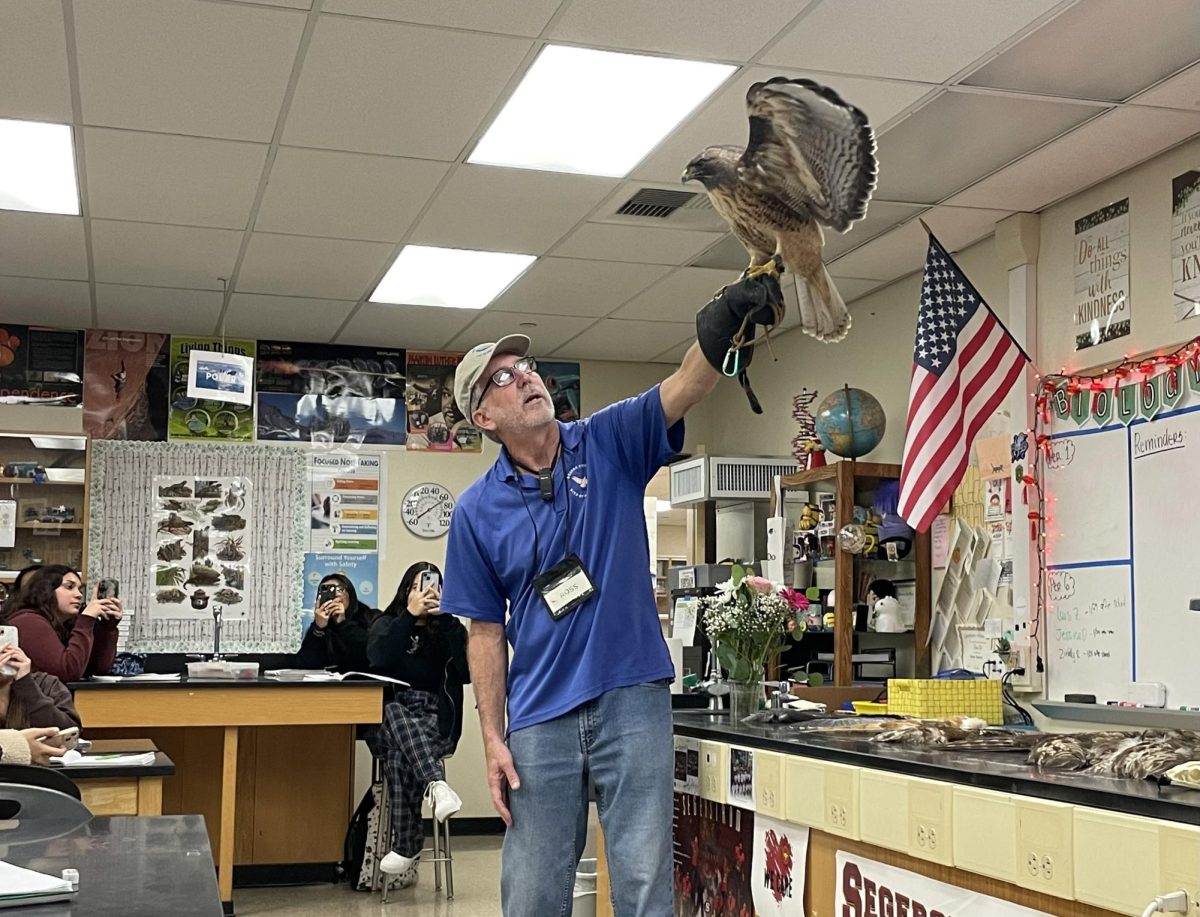

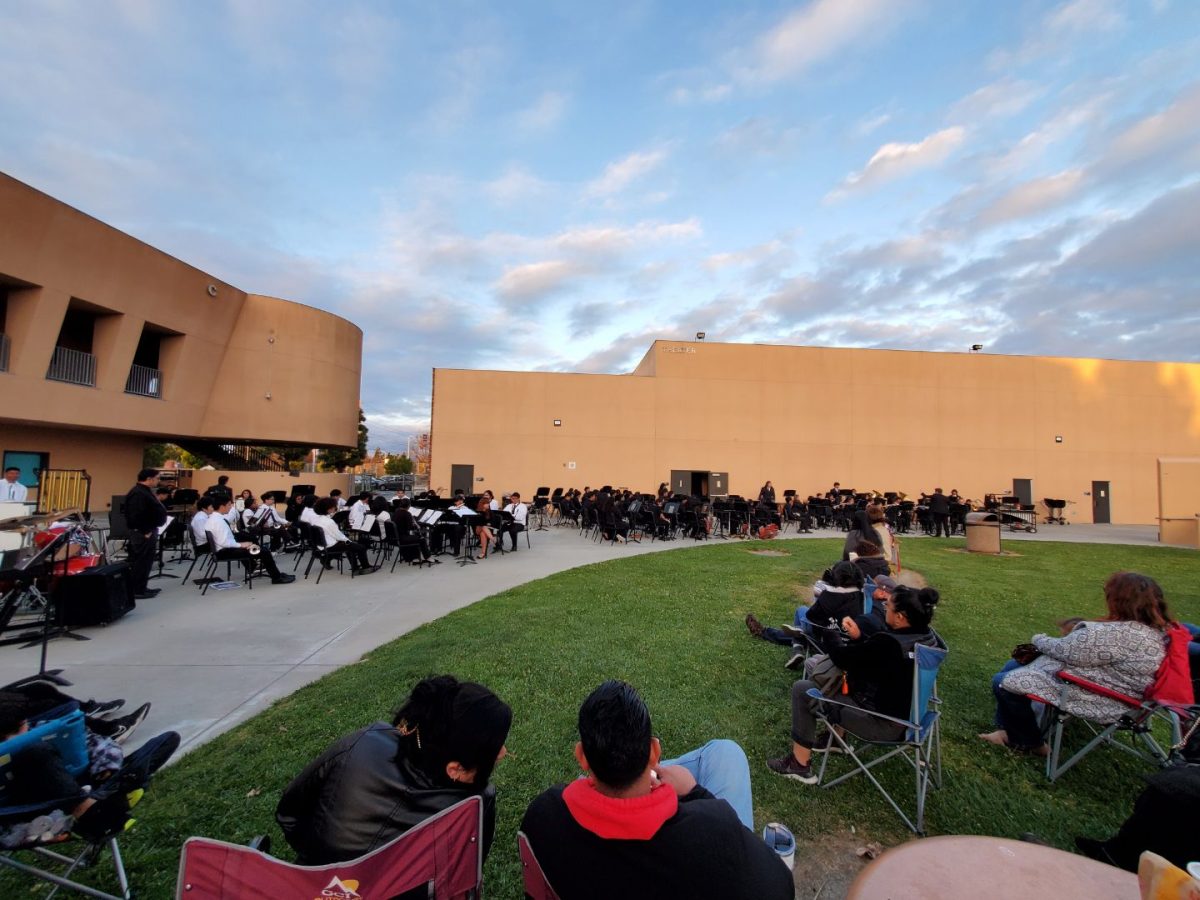


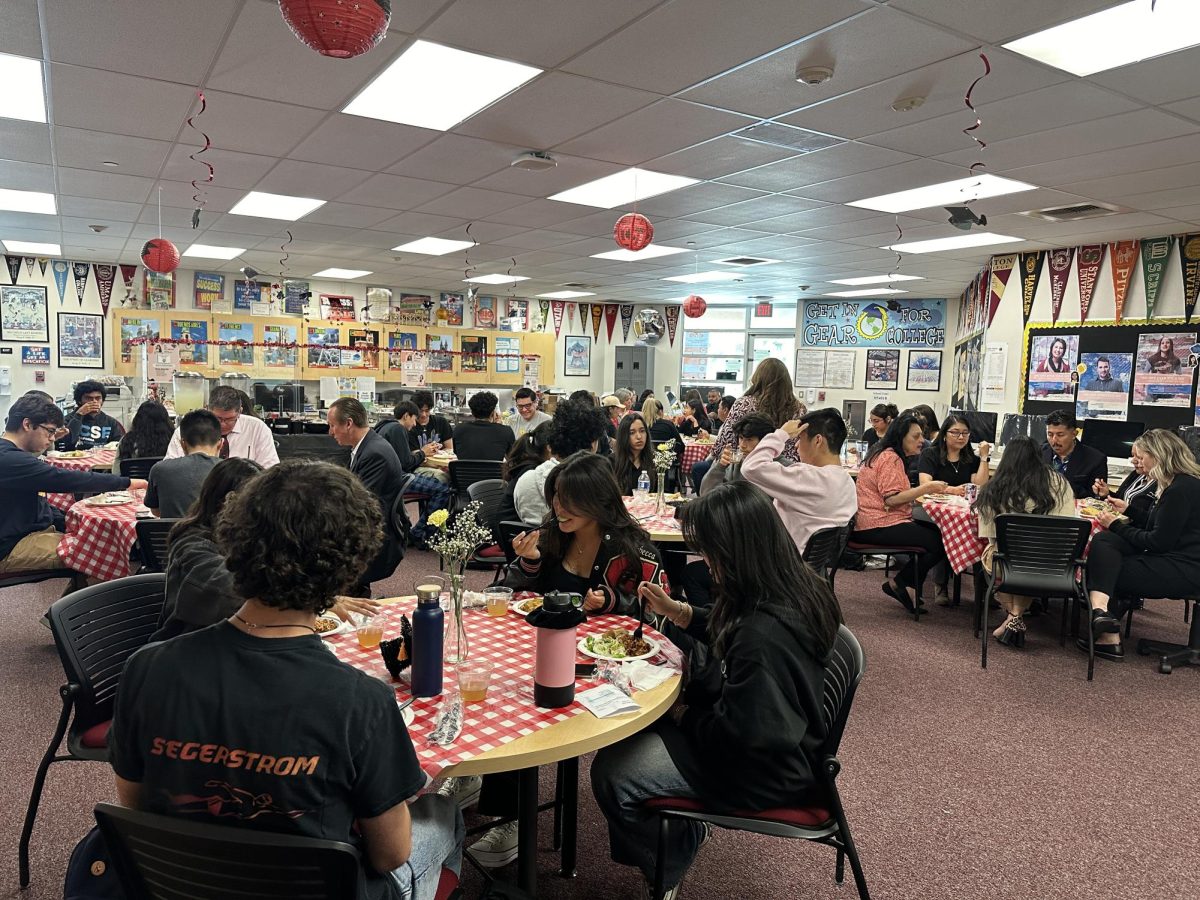


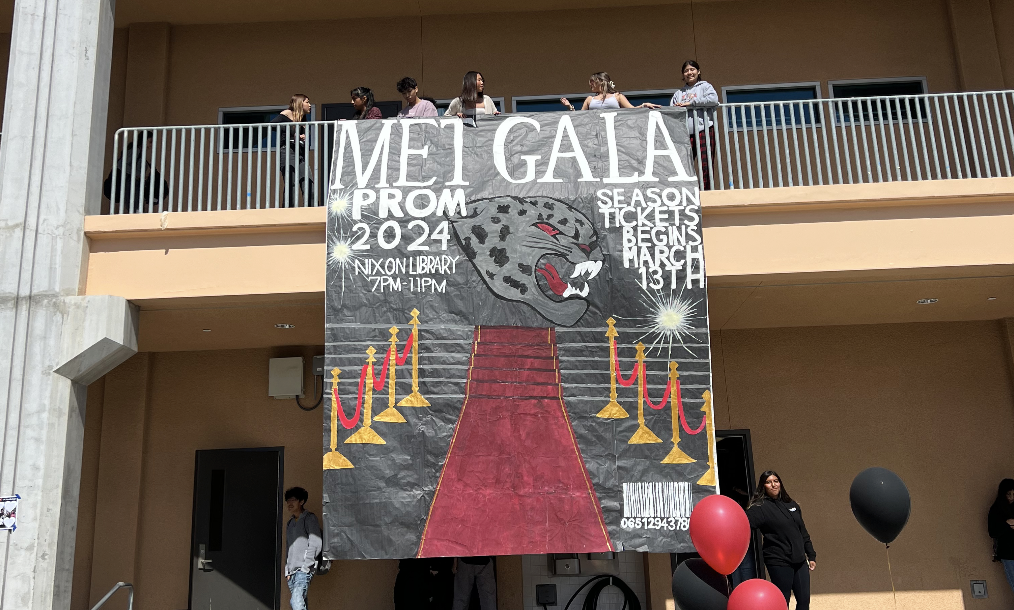
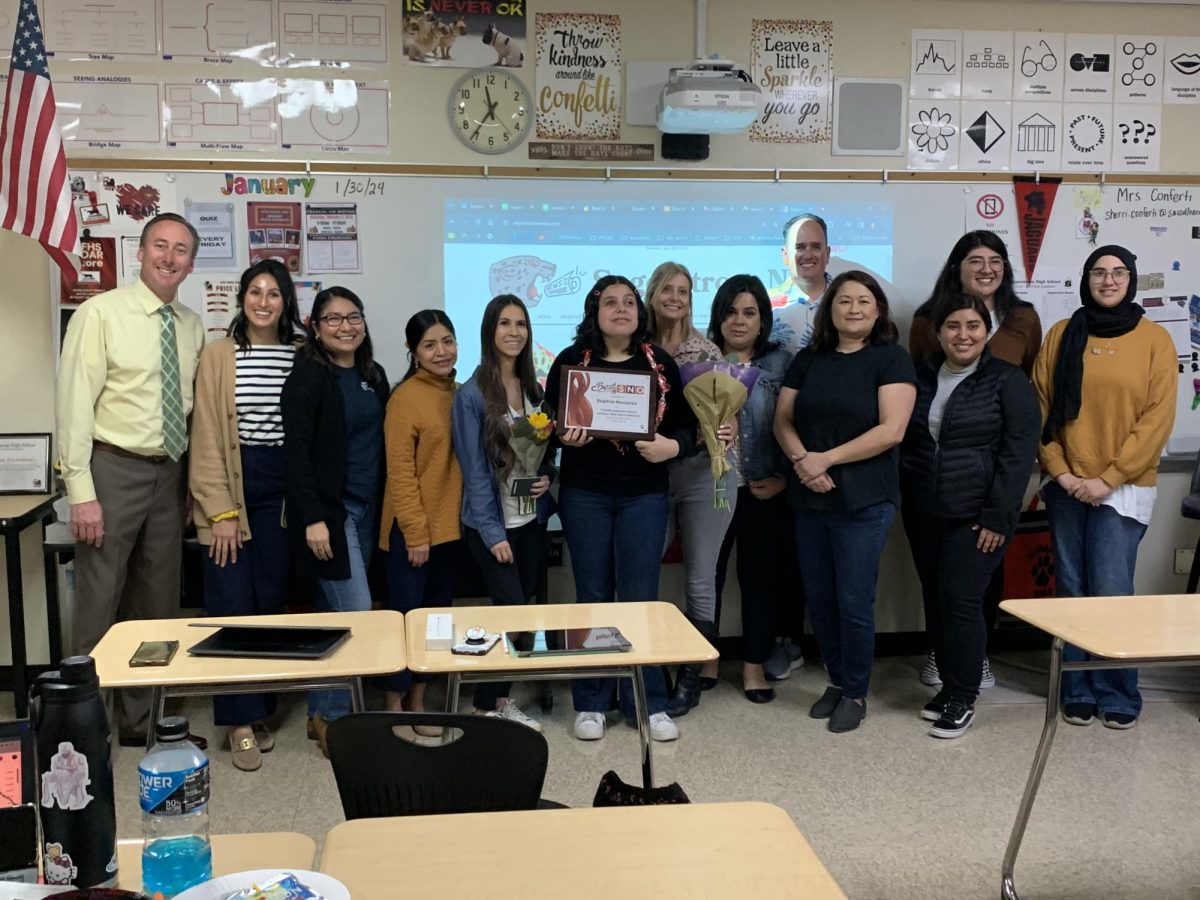
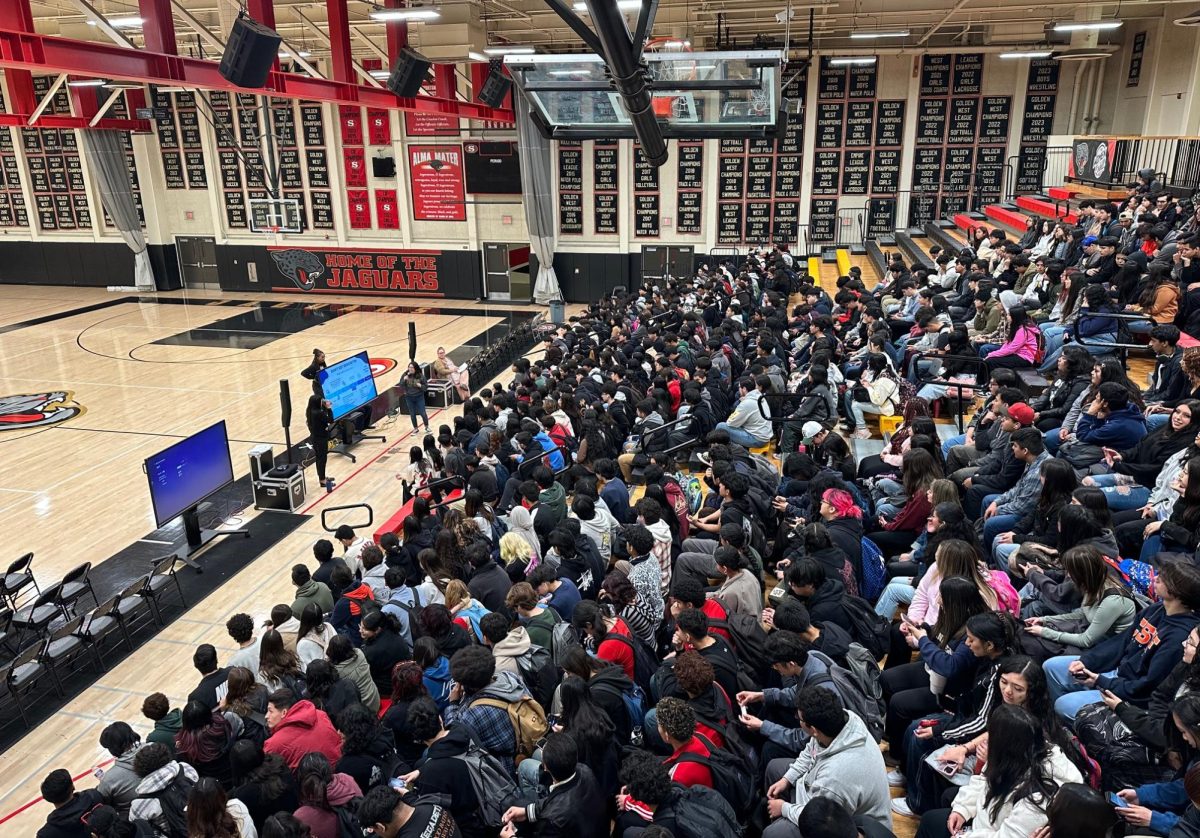
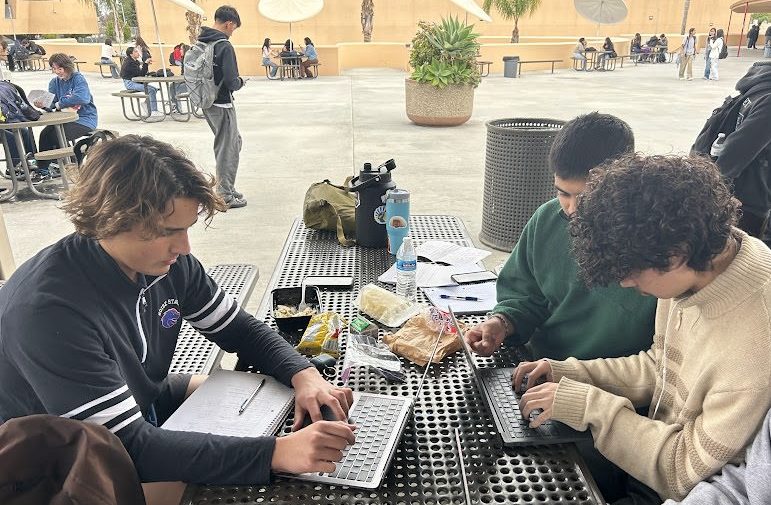
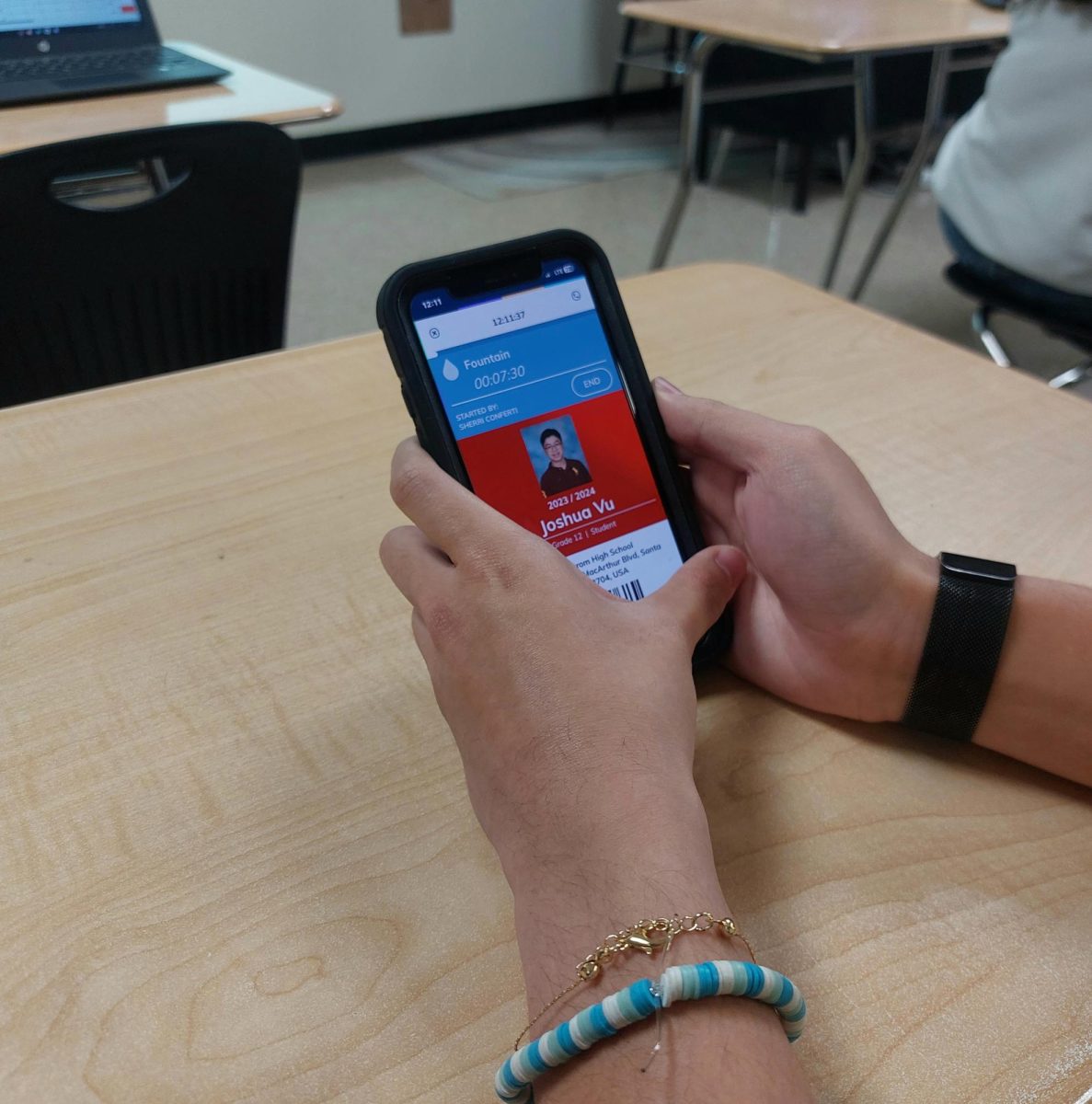
Bushra Syed • Feb 29, 2024 at 12:00 pm
Fascinating story, Celeste. It sounds like this was a very appreciated opportunity for students. Thanks for sharing!